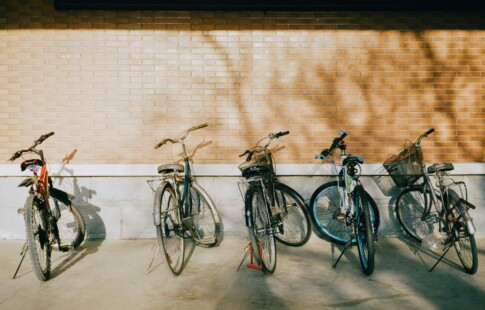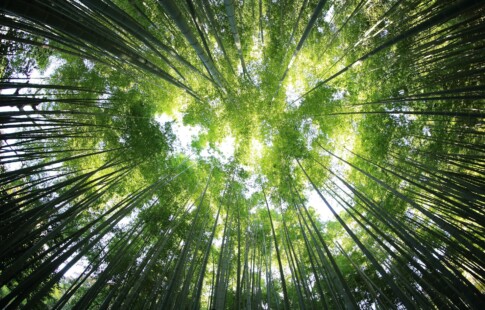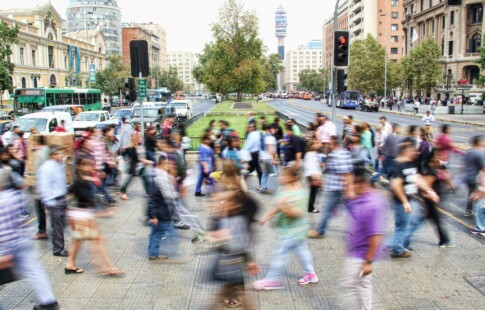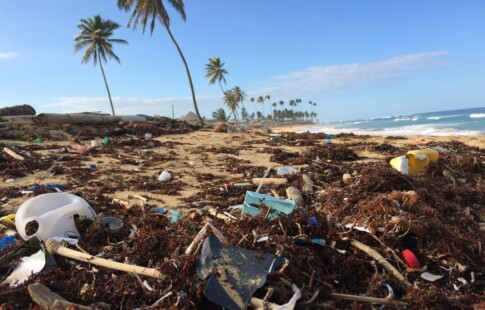
Social Media and Wildlife Conservation: Is It Doing More Harm Than Good?
We are reader-supported. When you buy through links on our site, we may earn affiliate commission.
With Instagram, Facebook and Twitter generating plenty of information about the earth, efforts to protect creatures has changed. Now that you can scroll on your smartphone to learn about the environment and endangered animals, it should be easy to support wildlife. But the connection between social media and wildlife conservation isn’t simple.
Photos, comments and videos can lead citizens to form opinions about the rescue methods, protection of public lands and habitat policies. With a range of people using these platforms, both positive and negative effects come out of social media and wildlife conservation.
So, is the overall impact of social media leaving wildlife better off or not? Mainly, social media is helping promote conservation. Check out these ways social media and wildlife conservation intersect.
Spreading Public Awareness
Shared photos and videos of animals resonate with people for a short time, but when an issue is far-removed from someone, they lose interest to use their voice for good. Certain uses of social media have even put some species in jeopardy.
Attention to slow lorises through videos across social media has hindered their survival. A high demand for these creatures as pets can put them in danger of extinction, and the viral videos of them only cause people to seek them out more.
However, true public awareness — showing a well-rounded perspective of issues — is also a benefit of internet sharing. Articles and videos from the other side of the issue have informed the public on the threat to slow lorises. Redirecting the advertisement potential of videos by advocating for animals is a significant form of change.
Connecting to Nature
People need to see and value nature to cultivate respect for it, but when the drive for connection becomes too much, it can interfere with animals and their habitats. Tourism is one way people feel entitled to disturb wildlife.
Scientists often cannot observe remote areas where animals live, but they need to track their behavior. While satellite-transmitted camera feeds serve as helpful technology, mobile phone reception in other areas aids researchers to contribute data, too.
Social media can be repurposed to observe areas for biodiversity and measure the movements of wildlife watchers. Tracking users through social media can pinpoint regions that need more attention from conservationists.
A rising tool for conservationists is the use of data from photo-sharing websites like Flickr. Locations where users took their nature photos can be easily found, then the images can experts attempts to monitor potential hazards for animals. Other social websites implement hashtags and text can unearth a greater pool of data to work from.
Responding to Natural Disasters
When wildfires or hurricanes jeopardize animals and their homes, conservationists may be too late to help by the time they hear about the situation. Nature has a way of sensing these calamities before they strike, but many cases call for immediate action and intervention.
Twitter and Facebook both are real-time resources that send word out about emergencies. Wildlife experts can respond quickly to the needs of injured animals via the alert system of social media.
Locating temporary shelter and care for wildlife in extreme scenarios is an advantage of online communication. Getting wildlife to expert care can smooth the rehabilitation process once they are healthy enough to go back to the wild.
Donating to Fundraisers
As online payment methods have improved, giving to wildlife organizations is easier than ever. Campaigns to raise money to fight extinction and endangerment are effective with the networking capabilities of social media.
Crowdfunding allows individuals to start their own fundraising for conservation, too, which adds to the exposure of the cause. You can establish a group of supporters from all over the world to save a certain species due to the possibilities of the internet.
Arjun Srivathsa used crowdfunding for a conservation project on dholes, an endangered canid. He found that his fundraiser doubled as an educational opportunity, as he informed interested parties on the animal. Many asked for his credentials during the process, but ultimately, social media helped him achieve his goal.
Engaging in Public Policy
To make headway on wildlife initiatives, you have to work with government officials, especially your representatives. Public policy is a substantial part of bringing effective advancement to the environmental movement. Social media has given citizens a mouthpiece to explain why they care about wildlife conservation.
You can now talk back and forth with your representatives and policymakers about upcoming acts over Facebook and Twitter. Expressing your views only takes a few minutes to type out from the comfort of your laptop or smartphone.
Channeling the Internet for Good
While there are worrying situations that social media creates, the internet produces beneficial impacts on wildlife conservation. Call for actionable steps on your social media accounts to use your online resources in apositive way.
Share on
Like what you read? Join other Environment.co readers!
Get the latest updates on our planet by subscribing to the Environment.co newsletter!
About the author

Jane Marsh
Starting from an early age, Jane Marsh loved all animals and became a budding environmentalist. Now, Jane works as the Editor-in-Chief of Environment.co where she covers topics related to climate policy, renewable energy, the food industry, and more.





